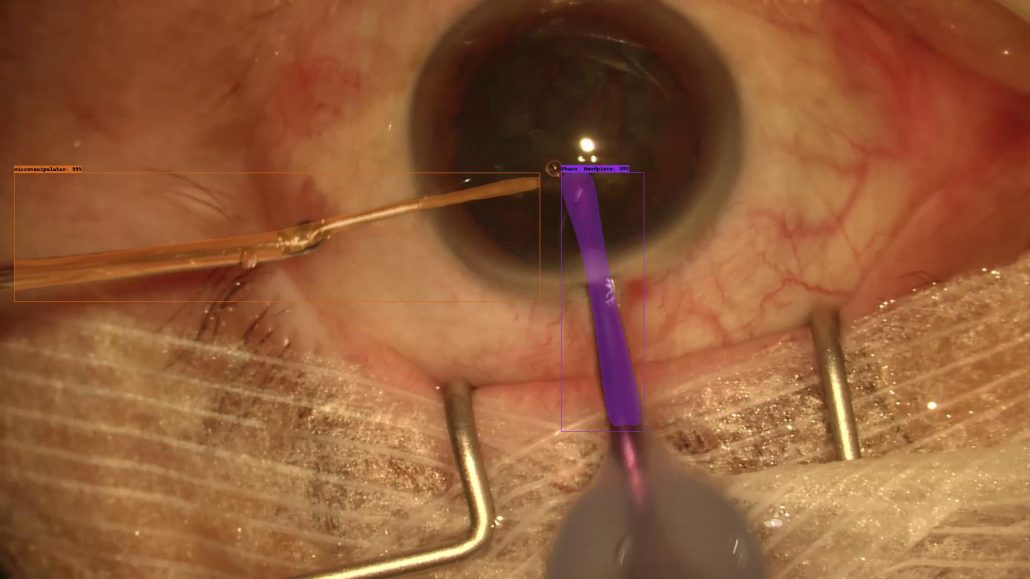Authors: Anandhakumar Palanisamy, Mirsat Sefidanoski, Spiros Koulouzis, Carlos Rubia, Nishant Saurabh and Radu Prodan
Abstract: Social media applications are essential for next generation connectivity. Today, social media are centralized platforms with a single proprietary organization controlling the network and posing critical trust and governance issues over the created and propagated content. The ARTICONF project funded by the European Union’s Horizon 2020 program researches a decentralized social media platform based on a novel set of trustworthy, resilient and globally sustainable tools to fulfil the privacy, robustness and autonomy-related promises that proprietary social media platforms have failed to deliver so far. This paper presents the ARTICONF approach to a car-sharing use case application, as a new collaborative peer-to-peer model providing an alternative solution to private car ownership. We describe a prototype implementation of the car-sharing social media application and illustrate through real snapshots how the different ARTICONF tools support it in a simulated scenario.



 This year’s ACM MMSys was held as a fully virtual/online event and Slido was used for asking questions about keynotes and presentations including offline discussions with presenters. The
This year’s ACM MMSys was held as a fully virtual/online event and Slido was used for asking questions about keynotes and presentations including offline discussions with presenters. The 



